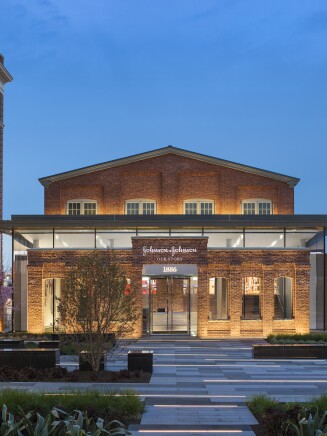Summer is in full swing, which means it’s officially the season of outdoor adventures, summer sports camps and neighborhood barbecues. It also means it’s prime time to keep a first aid kit handy to take care of inevitable cuts and scrapes.
Did you know that Johnson & Johnson can be credited with creating the very first (and now ubiquitous) commercial first aid kit in 1888?
Robert Wood Johnson, co-founder of Johnson & Johnson, was traveling on the Denver & Rio Grande railroad when he struck up a conversation with the railway company’s chief surgeon and learned that railroad workers often sustained injuries that proved fatal because they lacked access to hospitals—or on-site emergency medical supplies.
Moved to help, Johnson reached out to surgeons at other railroads to research what kind of supplies would be most useful—and then used this intel to create the first commercial first aid kits, packed with necessities like sutures, sterile wound dressings and surgical tape.
Johnson & Johnson first aid kits became so popular that the company began making versions tailored to other industries or situations. Whenever a new type of transportation was introduced—such as the automobile or airplane—or an activity like boating or hiking became increasingly popular, the company created a customized kit, says Margaret Gurowitz, Chief Historian, Johnson & Johnson.
From Boy Scouts to owners of the first Ford Model T cars, Johnson & Johnson has helped just about everyone stay safe with first aid kits over the past 130 years.

